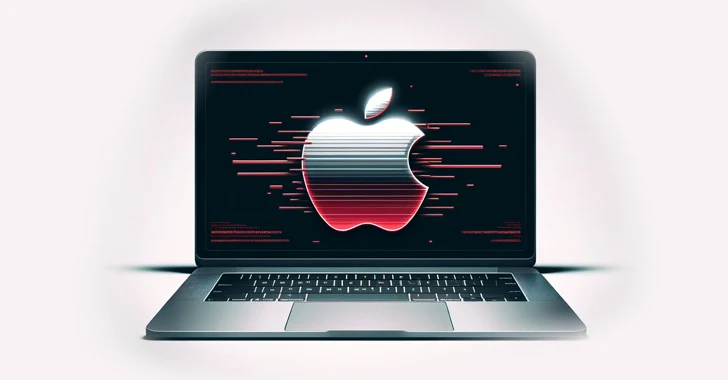Pirated applications targeting Apple macOS users have been observed containing a backdoor capable of granting attackers remote control to infected machines.
“These applications are being hosted on Chinese pirating websites in order to gain victims,” Jamf Threat Labs researchers Ferdous Saljooki and Jaron Bradley said.
“Once detonated, the malware will download and execute multiple payloads in the background in order to secretly compromise the victim’s machine.”
The backdoored disk image (DMG) files, which have been modified to establish communications with actor-controlled infrastructure, include legitimate software like Navicat Premium, UltraEdit, FinalShell, SecureCRT, and Microsoft Remote Desktop.
The unsigned applications, besides being hosted on a Chinese website named macyy[.]cn, incorporate a dropper component called “dylib” that’s executed every time the application is opened.
The dropper then acts as a conduit to fetch a backdoor (“bd.log”) as well as a downloader (“fl01.log”) from a remote server, which is used to set up persistence and fetch additional payloads on the compromised machine.
The backdoor – written to the path “/tmp/.test” – is fully-featured and built atop an open-source post-exploitation toolkit called Khepri. The fact that it is located in the “/tmp” directory means it will be deleted when the system shuts down.
That said, it will be created again at the same location the next time the pirated application is loaded and the dropper is executed.
On the other hand, the downloader is written to the hidden path “/Users/Shared/.fseventsd,” following which it creates a LaunchAgent to ensure persistence and sends an HTTP GET request to an actor-controlled server.
While the server is no longer accessible, the downloader is designed to write the HTTP response to a new file located at /tmp/.fseventsds and then launch it.
Jamf said the malware shares several similarities with ZuRu, which has been observed in the past spreading via pirated applications on Chinese sites.
“It’s possible that this malware is a successor to the ZuRu malware given its targeted applications, modified load commands and attacker infrastructure,” the researchers said.









